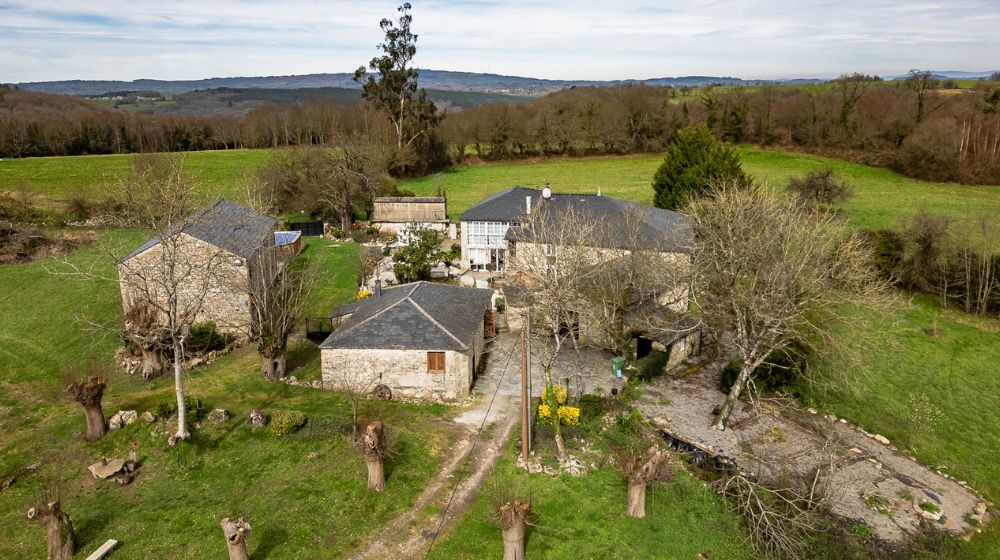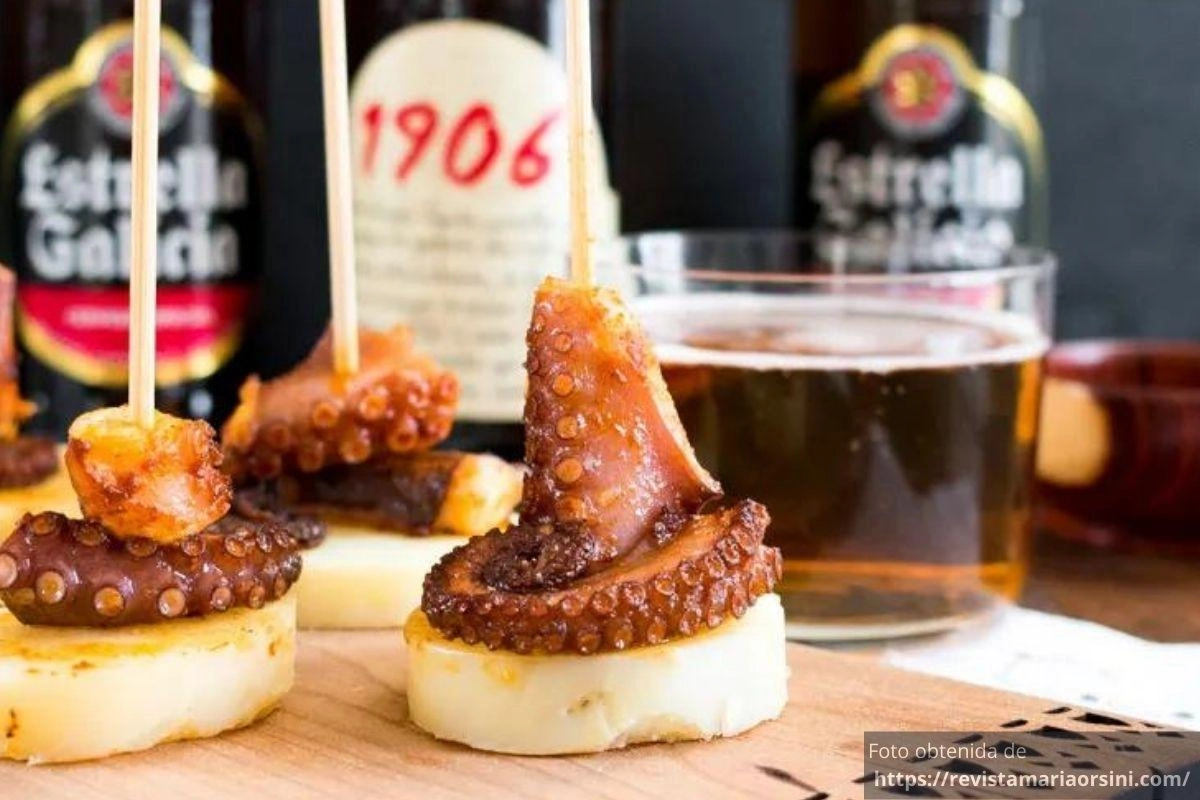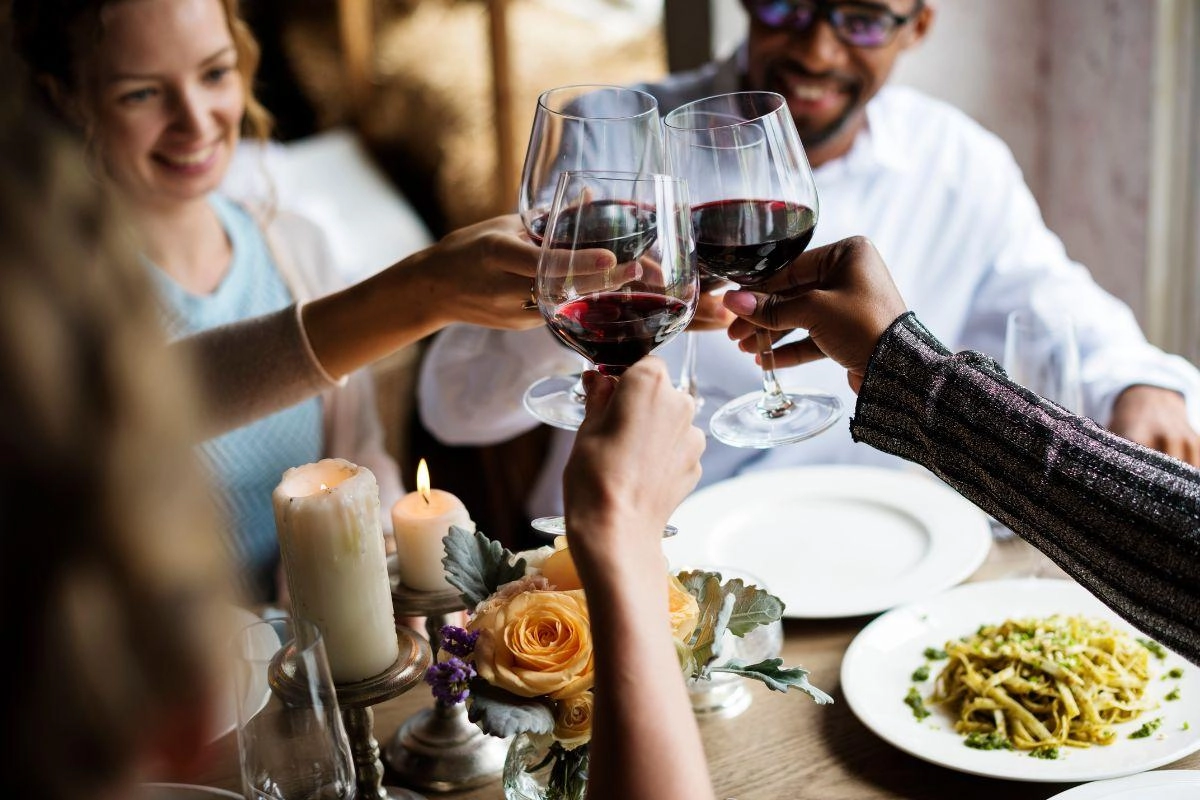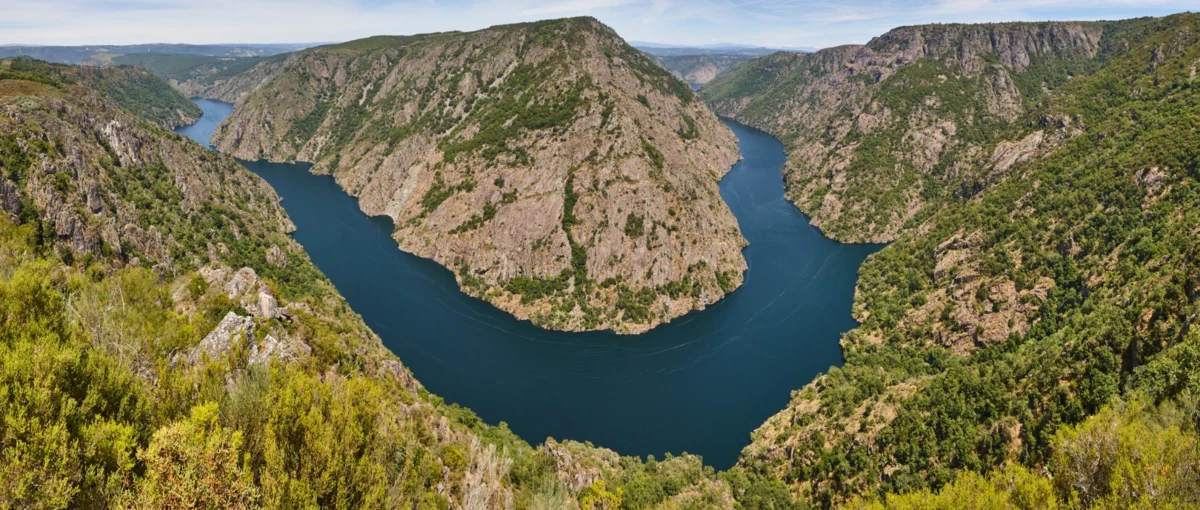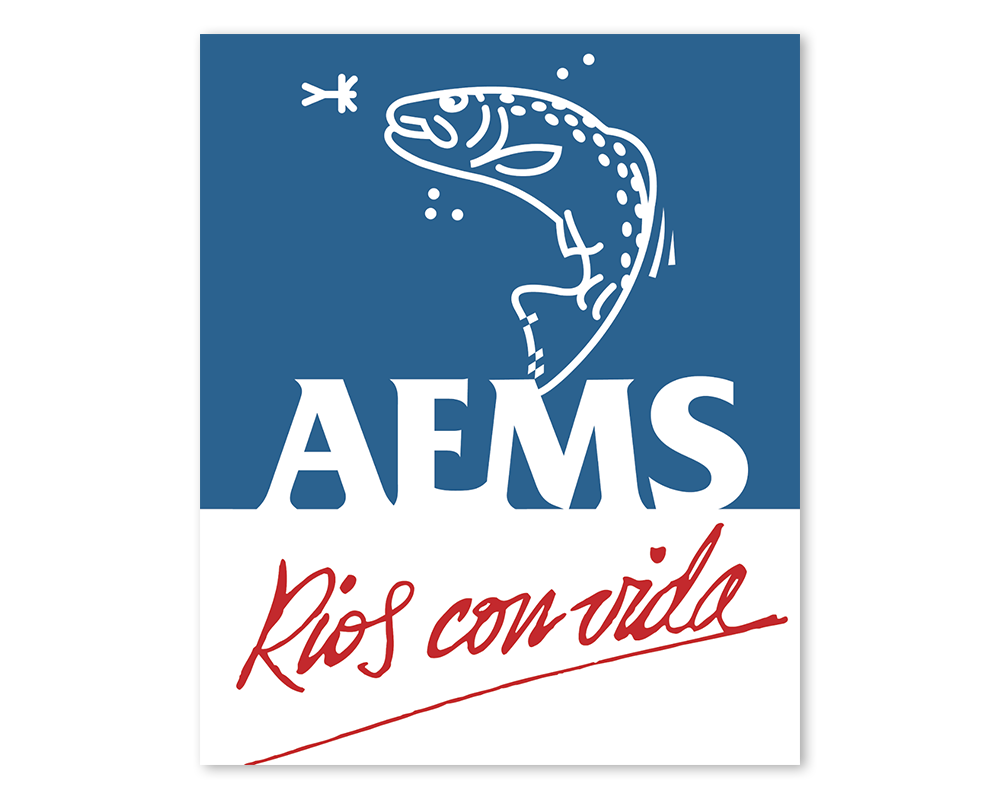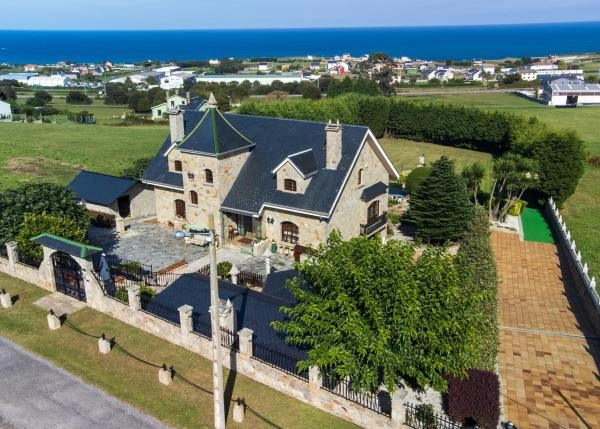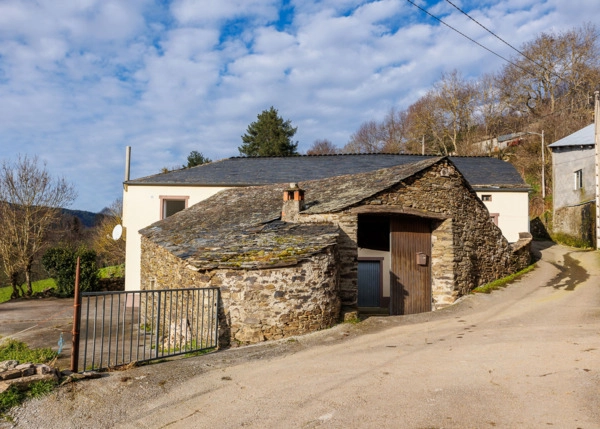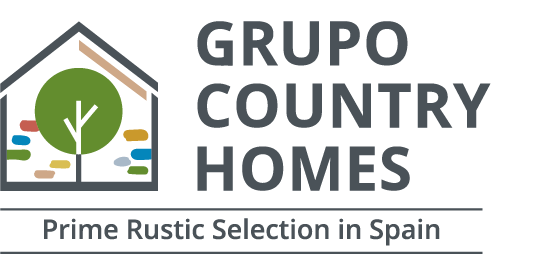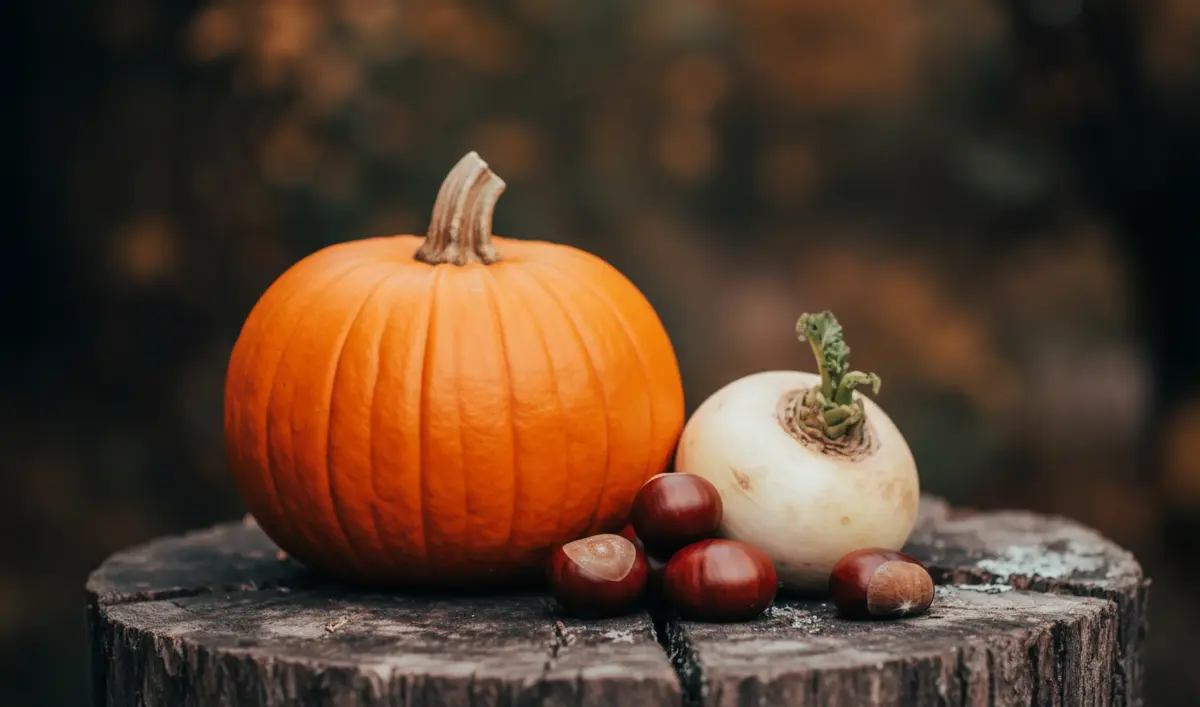
Samaín and Halloween: what is really celebrated in Galicia
Every year, as October draws to a close and the first autumn mists envelop the Galician landscapes, the debate resurfaces: Is Samaín an authentically Galician tradition? Is Galicia the birthplace of Halloween? The answer, as with so many questions of cultural identity, is more complex than headlines suggest.
At Grupo Country Homes, we consider it fundamental to honor our traditions with historical honesty. Therefore, in this article, we want to clarify some common misconceptions about Samaín, explore the true origin of these celebrations and, above all, celebrate the authentic Galician customs related to the cult of the dead that have indeed survived for centuries in our land.
Debunking the myth: Galicia did not Invent Halloween
Let's start with what is not true: Samaín is not a celebration of Galician origin, nor is Galicia the precursor to Halloween. This claim, although well-intentioned and frequently repeated, does not hold up from a historical standpoint. However, Galicia does have its own ancestral traditions linked to this time of year, equally valuable and with elements shared with American Halloween.
The real origin: the Samhain of the Celtic isles
Samhain (pronounced "sow-in") is an ancestral festival that was celebrated more than 2,000 years ago in the Celtic communities of Ireland, Scotland, Wales, and the Isle of Man. For these peoples, the night of October 31st to November 1st marked the end of summer and the beginning of winter, also representing the Celtic new year.
The ancient Celts believed that on this liminal night the veil between the world of the living and the dead became thinner, allowing the souls of the departed to return temporarily. Great bonfires were lit, rituals were performed, and offerings were left to honor ancestors and protect against malevolent spirits.
This tradition traveled to North America with Irish and Scottish emigrants during the 19th century, especially after the Great Potato Famine (1845-1849). There, Samhain evolved and transformed to become the Halloween we know today: an American commercial holiday that was subsequently exported back to Europe and the rest of the world.
Evidence of Celtic Samhain in Galicia
Galicia's relationship with the Celtic world is a question that today generates debates among historians and archaeologists. While Roman sources called the inhabitants of the northwest "Celts" and inscriptions exist where they identified themselves as such, archaeology still debates whether there was a direct Celtic presence or rather a cultural influence.
What is undeniable is that Galicia shares with the Celtic lands of the Atlantic Arc (Ireland, Scotland, Brittany) a series of cultural, linguistic, and symbolic traits that speak of ancient and profound connections. The Galician castro culture presents evident similarities with other cultures of the Atlantic Celtic world.
However, there is no historical or archaeological evidence that Samhain specifically, as a Celtic festival, was celebrated in ancient Galicia. Galician traditions related to All Souls' Day have their own evolution and characteristics, although they may share common elements with other Atlantic cultures.
Galician Samaín: A recent recovery with ancient roots
And now comes the truly interesting part: where does the "Galician Samaín" that we celebrate today come from?
The work of Rafael López Loureiro
Samaín as we currently know it in Galicia is, to a large extent, a modern recovery initiated in 1990 by Rafael López Loureiro, a schoolteacher from Cedeira, on the Coruña coast.
It all began when his daughter came home with a pumpkin decorated Halloween-style from her English class. López Loureiro remembered that he himself, in his childhood, had carved pumpkins (or "melons," as they're called in his area) around All Souls' Day. This memory led him to investigate.
His search revealed that until barely 30 years ago, in numerous Galician villages (and also in areas of Zamora, León, and northern Cáceres) the custom existed of carving pumpkins or turnips, illuminating them with candles and placing them in windows or at crossroads. Children went out with chestnut necklaces, women left food for the souls... Traditions that were lost with rural exodus but still lived in grandparents' memories.
López Loureiro documented these customs in his book "Samaín: a festa das caliveras" and, together with the cultural association Chirlateira (and later Amigos do Samaín), organized the first Samaín celebration in Cedeira in 1990. The initiative aimed to recover local traditions and offer an alternative to the commercial Halloween that was beginning to arrive from the United States.
The drift of modern Samaín
Over the years, an irony emerged that López Loureiro himself has acknowledged with sadness: the Samaín he helped recover as resistance against Halloween had ended up, in many cases, becoming a "Hallowmaín"—a mixture that adopts the pumpkins, costumes, and aesthetics of American Halloween, simply renaming it with a Galician name.
The original intention was to rescue indigenous customs, but the force of cultural globalization is sometimes too powerful. Many current Samaín celebrations incorporate elements that were never part of Galician traditions: zombie and vampire costumes, commercial decorations, and even the Anglo-Saxon "trick or treat."
This doesn't mean that today's Samaín lacks value—traditions always transform and adapt—but it's important to be aware of this process and of which elements are truly indigenous.
The authentic Galician traditions of All Souls' Day
In Galicia, November 1st and 2nd have always been dates of profound importance. Days that passed in a sustained calm, dedicated to visits to the cemetery, gathering with family and neighbors, and remembering those who are no longer here. It was customary for those who had emigrated to return to the village to honor their dead.
So much so that obituaries included bus schedules hired by families to pick up relatives from distant villages. Much more than carved pumpkins or costumes, this spiritual connection with ancestors defines our relationship with the beyond.
So, what traditions related to the cult of the dead have been a genuine part of Galician culture for centuries?
Pumpkins, turnips, and caliveras: an almost forgotten custom
Yes, pumpkins were carved in Galicia. Or more exactly, pumpkins, turnips, beets, or any available fruit were carved to create illuminated "caliveras" or "caveiras."
Each area had its own name for them: "calacús" in the Rías Baixas, "calabazotes" in Ortegal, "caveiras de melón" in Cedeira, "colondros" in Ourense, "bonecas" in Xermade... Children prepared them by hollowing them out, carving terrifying faces, adding teeth made from sticks, and placing a candle inside.
Where were they placed? In house windows, at crossroads, at cemetery entrances. The objective was twofold: to illuminate the darkness of autumn nights and, according to tradition, to ward off evil spirits or guide the souls of the departed.
This custom survived in rural areas until the 60s-70s of the 20th century, disappearing afterward with rural depopulation and the influence of urban customs. It wasn't until López Loureiro's recovery work in the 90s that it returned to public life.
A curiosity: in Quiroga (Lugo) carved pumpkins were dried and preserved to be used as masks during Entroido (Carnival), thus connecting two liminal moments of the traditional calendar.
The magosto: chestnuts, fire, and community
Inseparable from these dates is the celebration of the magosto, a tradition that remains alive throughout Galicia. Around bonfires, as autumn falls, families and neighbors gather to roast freshly harvested chestnuts and share stories.
The magosto is celebrated between late October and early November, coinciding with the chestnut harvest and All Souls' festivities. Fire, chestnuts, and the sense of community on winter's threshold are an indisputable part of our tradition and, in some areas of Galicia, it was common to leave chestnuts in windows as an offering on All Souls' Day.
Roasted chestnuts (which some call "chestnuts of the dead"), new wine, smoke rising toward the autumn sky... The magosto is, above all, a celebration of the land, of the harvest's fruits, and of shared warmth as the cold approaches.
The Santa Compaña: when the dead walk
If there is one legend that embodies the Galician relationship with the world of the dead, it is the Santa Compaña, a procession of souls in torment that wanders rural paths on foggy nights, carrying candles and dressed in black hooded tunics. This terrifying vision has been part of the Galician collective imagination since time immemorial.
Although the legend of the Santa Compaña is told throughout the year, it is especially associated with All Souls' nights, when it was believed that the veil between worlds was more permeable. Popular tradition developed numerous protections: drawing a circle on the ground and getting inside, taking refuge next to a "cruceiro," wearing a cross, or simply not leaving the house in the dead of night.
Alongside the Santa Compaña coexist other figures from Galician folklore linked to death and the beyond: the meigas (which are not evil witches, but beings that can help or harm), the lavandeiras who wash shrouds in rivers, the trasgos that inhabit old houses, the mouras that guard treasures in the castros...
This entire mythological universe speaks of a culture that has never radically separated the world of the living from that of the dead, that understands nature as populated with presences, and that maintains a constant dialogue with the invisible.
Other traditional customs
- The souls of Purgatory: In many Galician churches, special masses were celebrated for the souls of Purgatory. It was customary to pray and make offerings for souls that still had to purge their sins before reaching heaven.
- Food for the dead: In some areas, it was traditional to leave the table set after All Souls' dinner, with food and an empty chair, in case the souls of the departed wanted to return home and have something.
- Pedir polas ánimas: In places like Illa de Arousa, "o día de pedir" survives, when children go from house to house asking for "unha limosniña polos difuntiños que van alá," receiving sweets or coins in return.
- Sacred fire: Beyond the magosto, fire has always played a central role on these days. The "lareiras" of houses were kept burning all night so that the returning dead would find warmth and light.
Experiencing “Halloween” in Rural Galicia
For those considering moving to rural Galicia, these dates offer a privileged window to understand the soul of this land. Beyond organized events, in small villages something more subtle and profound survives: respect for natural cycles, connection with the land, the sense of community that is reinforced in moments of transition.
Samaín is not a Galician invention, nor was Galicia the birthplace of Halloween. But that doesn't make our own traditions any less valuable. Galicia has its own ways of relating to death, to the beyond, to the changing of seasons. Traditions that go back to time immemorial and have survived, transforming, to the present day.
When you choose a rural life in Galicia, you will also be choosing to be part of this living memory, of these traditions that are felt in the fresh November air, in the smell of roasted chestnuts, in the stories neighbors tell by the warmth of the lareira.
That cannot be found anywhere else in the world, and that, definitely, doesn't need a name to be magical.

